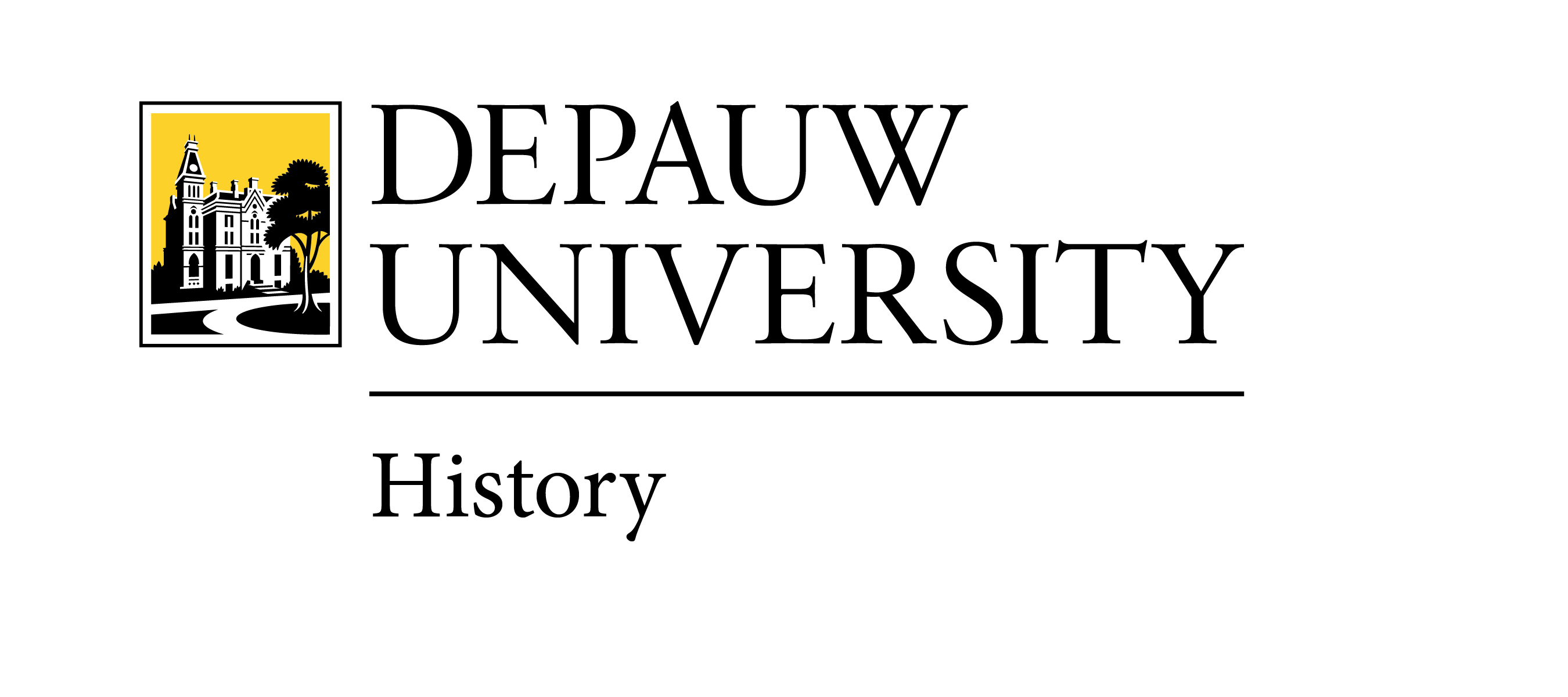Document Type
Conference Proceeding
Publication Date
1-2015
Abstract
A new urban form has emerged amid the perfect storm of global crises: climate change, energy transition, demographic shifts (growth, aging, and urbanization), food and water insecurity, pandemics, economic stress, and ecological degradation. Known as “smart cities” or “ubiquitous cities,” this urban form is characterized by deployments of computer technologies and analytics that promise enhanced efficiencies within the urban metabolism. This paper presents South Korea’s New Songdo City as a case study in ubiquitous urban design by asking if it constitutes an opportunity within the perfect storm for an emergent, resilient urbanism. A key player in building New Songdo City is Cisco Systems. The project is an important strategic transition for Cisco Systems as its move from internet “plumbing” (routers) to whole systems design. An emergent property within global capitalism, ubiquitous urban design is a driving force in reproducing markets, technology, and investment. The emergent property, however, is nested within Gale International’s (the developer) top-down, Haussmann-like approach to urban planning. It has a high modernist, linear approach to urban design that attempts to impose order on the oscillating environment of global crises. Core to the resulting tension between bottom-up and top-down approaches, is how ubiquitous design increases efficiency within modernity’s late conservation phase, and how it drives the system into a deeper state of overshoot that threatens to tip into a hard collapse. As we build more of these cities, we need to question if they are the proper strategy for weathering the perfect storm.
Recommended Citation
Kuecker, Glen David. "New Songdo City: a case study in complexity thinking and ubiquitous urban design." Conference Proceedings of the13th AESOP Planning and Complexity Thematic Group Meeting, 15th-16th January, 2015, Tampere, Finland. Ed. Jenni Partanen.








